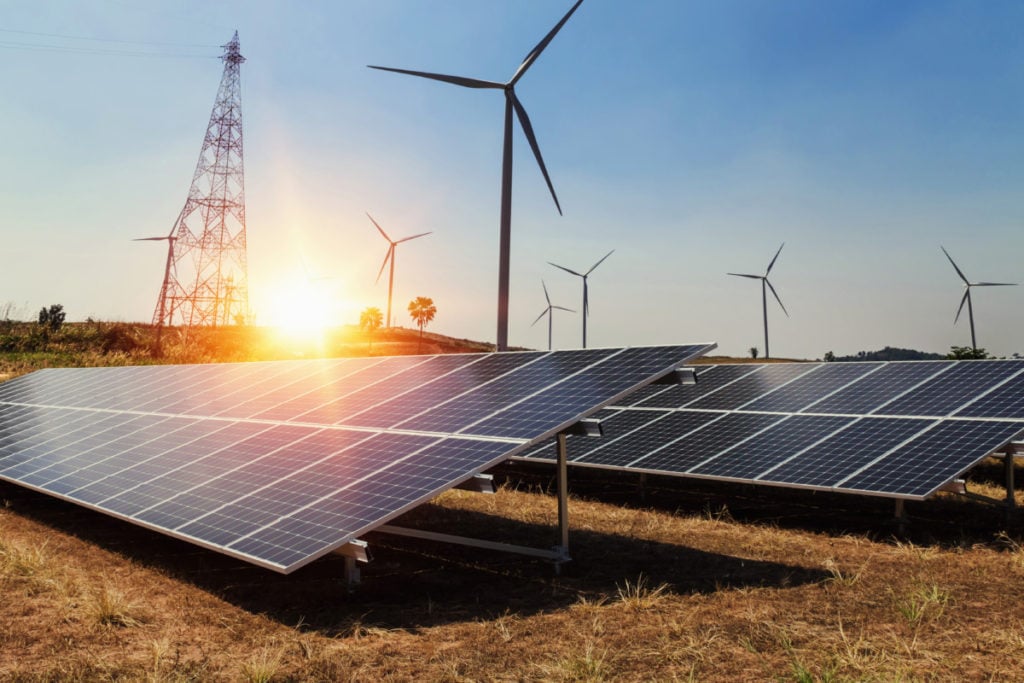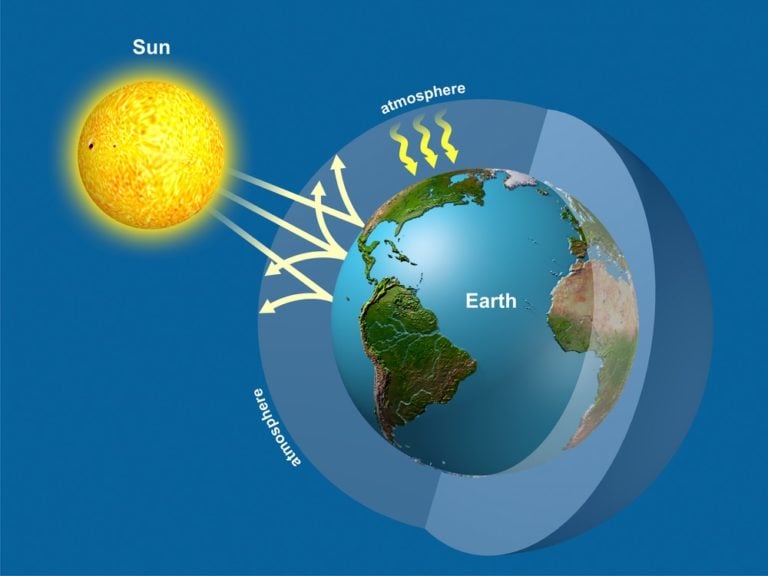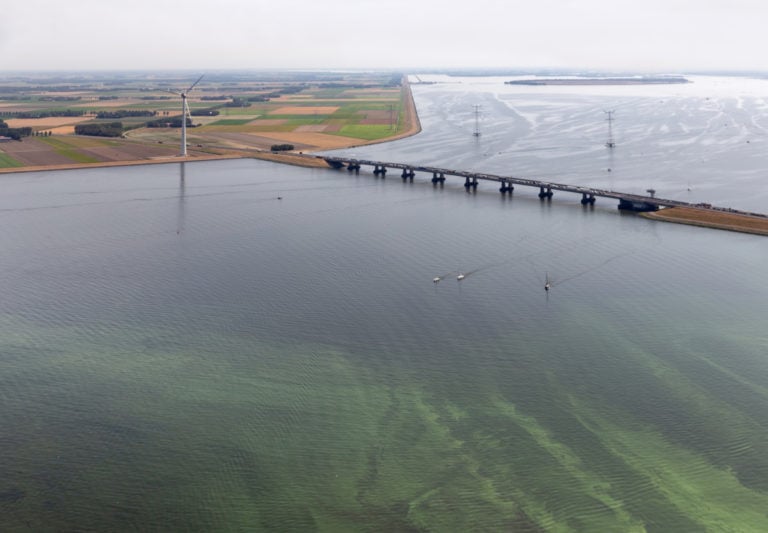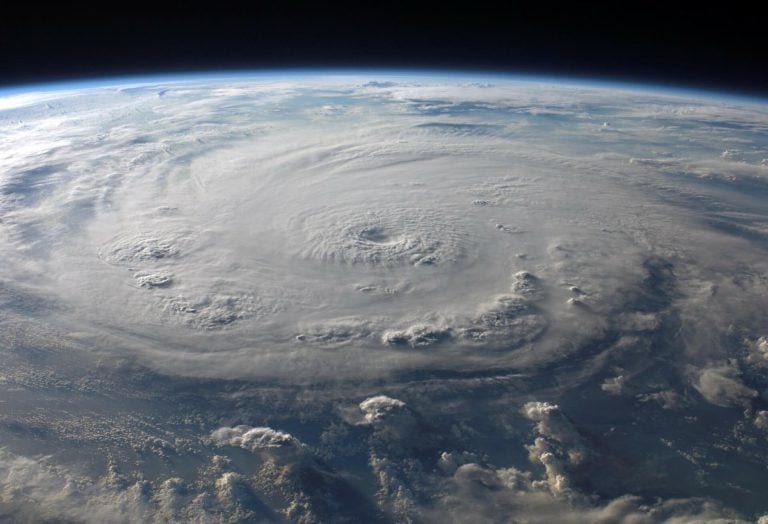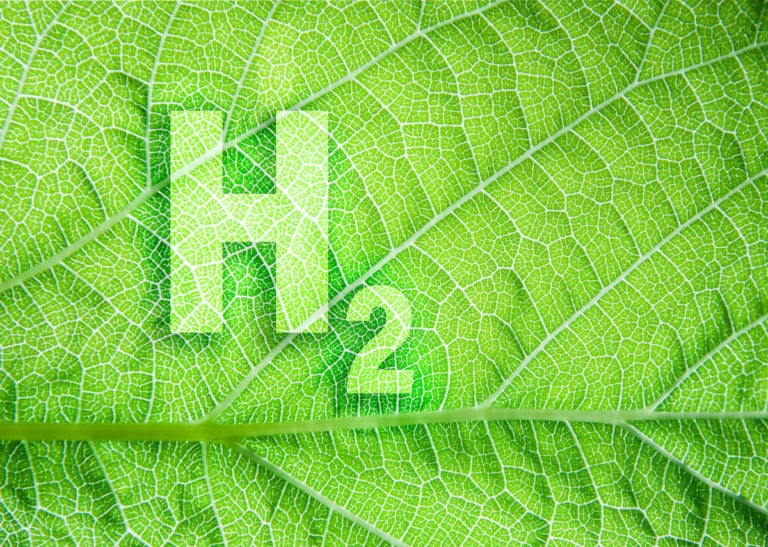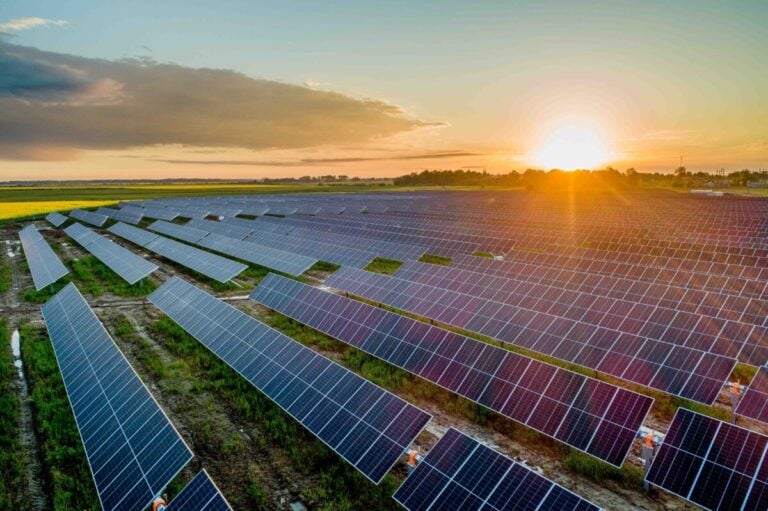The limited nature of natural resources and the increasing difficulty of extracting fossil fuels, coupled with global environmental pollution, is pushing humanity to make efforts to find renewable, alternative energy sources.
Together with the reduction of harm to the environment, new energy resources are expected to have the lowest cost of all cycles of transportation, processing and production.
Purpose of alternative energy sources
Humanity has been using various energy sources for a long time, but the increased scale of their use causes irreparable damage to the environment. Leads to the release of large amounts of carbon dioxide into the atmosphere. Provokes the greenhouse effect and contributes to the global increase in temperature, global warming.
Dreaming of a practically inexhaustible or completely renewable energy resource, people are busy looking for promising ways to obtain, use and then transfer energy. Of course, taking into account the environmental aspect and the cost-effectiveness of new, non-traditional sources.
Renewable energy hopes
The relevance of the use of non-traditional energy sources will continuously increase, requiring the acceleration of search and implementation processes. Already today, most countries at the state level are forced to implement programs that reduce energy consumption, spending huge amounts of money on this and curtailing their own citizens’ rights.

History cannot be reversed. The processes of development of society cannot be stopped. Human life is no longer conceivable without energy resources. Without finding a full-fledged alternative to modern, standard energy sources, the life of society is unimaginable and is guaranteed to come to a standstill.
Factors accelerating the introduction of non-traditional energy resources:
- The global environmental crisis, built on a utilitarian and, without exaggeration, predatory attitude towards the planet’s natural resources. The fact of harmful influence is well known and does not cause disputes. Mankind pins great hopes on alternative energy sources in solving the growing problem.
- Economic benefit that reduces the cost of obtaining and the final cost of alternative energy. Reducing the payback period for the construction of non-traditional energy facilities. The release of large material resources and human resources directed to the benefit of civilization.
- Social tension in society caused by a decrease in the quality of life, an increase in population density and size. The economic and environmental situation, the constant deterioration of which leads to the growth of various diseases.
- The finiteness and ever-increasing complexity of fossil fuel extraction. This trend will inevitably require an accelerated transition to renewable energy.
- Political factor, which makes the country, the first to fully master alternative energy, one of the world leaders.
Only by fulfilling the main purpose of non-traditional sources, it is possible to fully saturate the developing humanity with the necessary and greedily consumed energy.
Prospects for development
Required by time, the process of transition to alternative types is moving slowly, but the understanding of the need makes most countries develop energy-saving technologies and actively implement their own and global developments in life.
Every year humanity receives more and more renewable energy from the sun, wind and other alternative sources. Let’s figure out what alternative energy sources are.
Main types of renewable energy
Sun Energy
Solar energy is considered the leading and environmentally friendly source of energy.
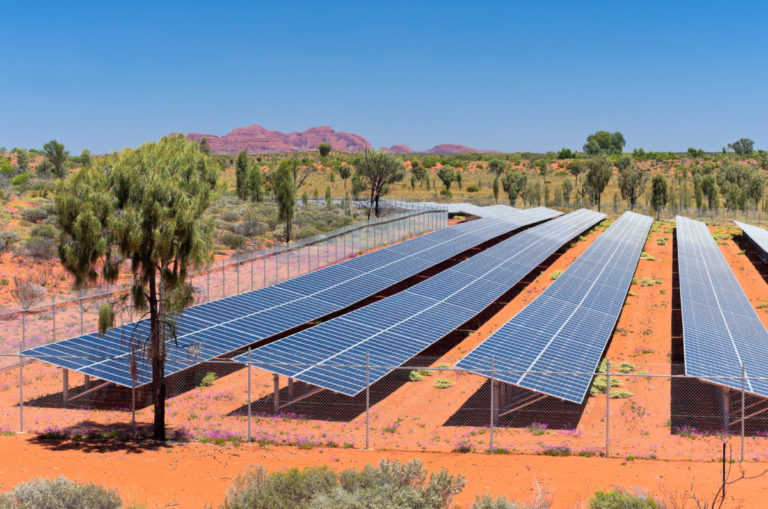
To date, thermodynamic and photoelectric methods have been developed and used to generate electricity. The concept of operability and prospects of nanoantennas is confirmed. The sun, being an inexhaustible source of environmentally friendly energy, may well meet the needs of mankind.
Wind Energy
Wind energy has been successfully used by people for a long time and windmills.
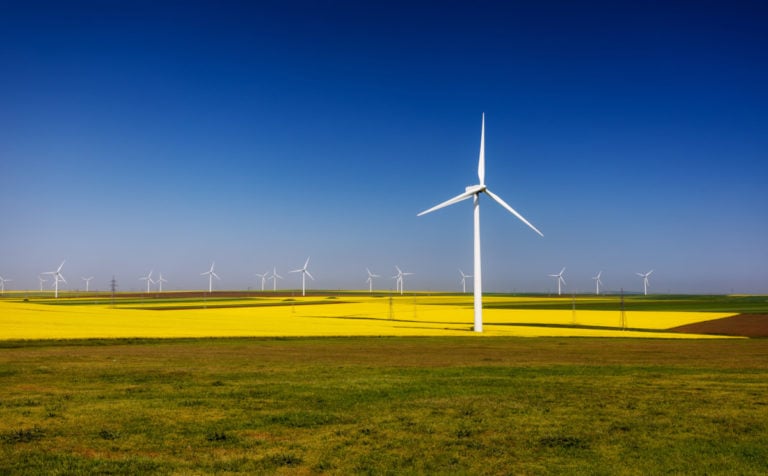
Scientists are developing new and improving existing wind farms. Reducing costs and increasing the efficiency of windmills. They are of particular relevance on the coasts and in areas with constant winds. By converting the kinetic energy of air masses into cheap electrical energy, wind farms are already making a significant contribution to the energy system of individual countries.
Geothermal Energy
Geothermal energy sources use an inexhaustible source – the internal heat of the Earth.
There are several working schemes that do not change the essence of the process. Natural steam is cleaned of gases and fed into turbines that rotate electric generators. Similar installations operate all over the world. Geothermal sources provide electricity, heat entire cities and light up the streets. But the power of geothermal energy is used very little, and the production technologies have a low efficiency.
Tidal and wave energy
Tidal and wave energy is a rapidly developing way of converting the potential energy of the movement of water masses into electrical energy. With a high energy conversion rate, the technology has great potential. True, it can only be used on the coasts of oceans and seas.
Biomass Energy
The process of biomass decomposition leads to the release of gas containing methane. Purified, it is used to generate electricity, space heating and other household needs. There are small enterprises that fully meet their energy needs.
Renewable energy for private households
The constant growth of energy tariffs is forcing the owners of private houses to use alternative sources. In many places, remote household plots and private households are completely deprived of the opportunity, even theoretically, to connect to the necessary energy resources.
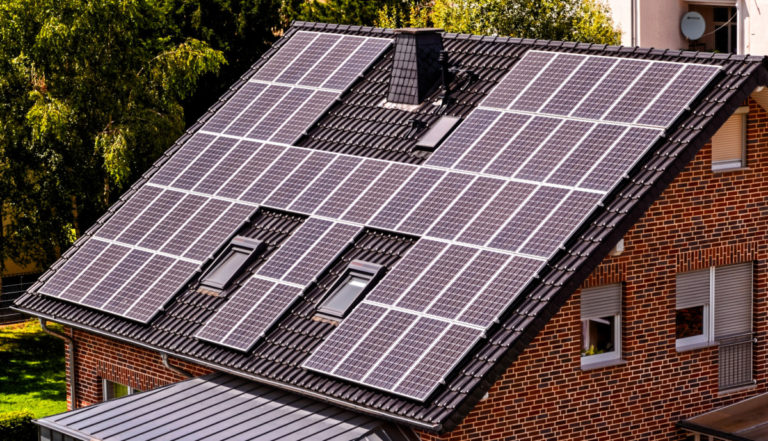
The main sources of non-traditional energy used in a private house:
- solar panels and various designs of thermal collectors powered by solar energy;
- wind farms;
- mini and micro hydropower plants;
- renewable energy from biofuels;
- Different types of heat pumps using heat from air, ground or water.
Today, using non-traditional sources, it is not possible to significantly reduce energy consumption costs. But ever-improving technology and decreasing device prices will certainly lead to a boom in consumer activity.
Renewable energy opportunities
Mankind does not imagine further development without maintaining the pace of energy consumption. But the movement in this direction leads to the destruction of the environment and will seriously affect people’s lives.
The only option that can remedy the situation is the possibility of using non-traditional energy sources. Scientists paint bright prospects, achieve technological breakthroughs in proven and innovative technologies. Many governments, realizing the benefits, are investing heavily in research. Develops alternative energy and transfers production capacity to non-traditional sources.
At this stage of the development of society, it is possible to save the planet and ensure the well-being of people only by working hard with alternative energy sources.
World use of various types of alternative energy sources
In addition to the potential and degree of technology development, the efficiency of using various alternative types of energy is influenced by the intensity of the energy source. Therefore, countries, especially those that do not have oil reserves, are intensively developing the available sources of non-traditional energy resources.
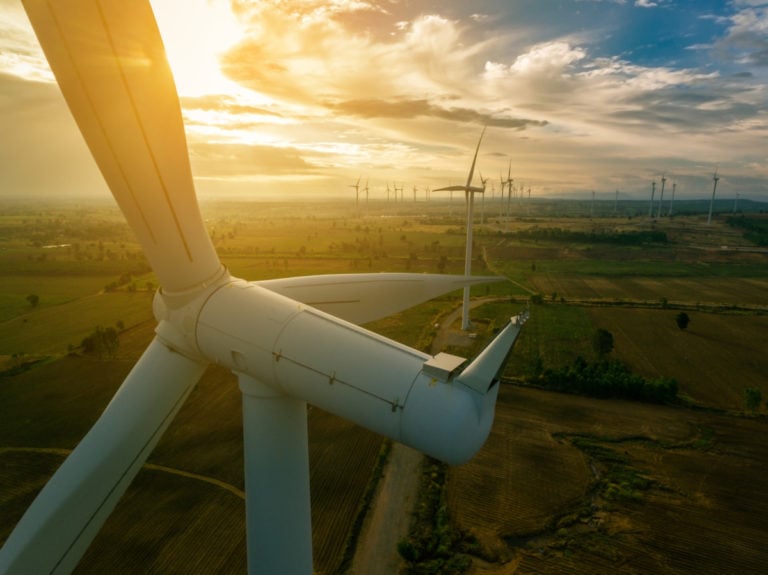
The direction of development of renewable energy resources in the world:
- Finland, Sweden, Canada, Norway – mass use of solar power plants;
- Japan – efficient use of geothermal energy;
- USA – significant progress in the development of alternative energy sources in all directions;
- Australia – good economic effect from the development of non-traditional energy;
- Iceland – Reykjavik geothermal heating;
- Denmark is the world leader in wind energy;
- China — a successful experience in introducing and expanding the wind energy network, massive use of water and solar energy;
- Portugal – efficient use of solar power plants.
Many developed countries have joined the technology race, achieving significant success on their own territory. True, the global production of alternative energy has been hovering around 5% for a long time and, of course, looks depressing.
Pros and cons of renewable energy
Alternative energy sources have indisputable and pronounced advantages. And they just require the application of all efforts to study them.
Pros of alternative energy sources:
- environmental aspect;
- inexhaustibility and renewability of resources;
- universal availability and wide distribution;
- cost reduction with further development of technology.
The needs of mankind for uninterrupted energy dictate severe requirements for non-traditional sources. And there is a real opportunity to eliminate the shortcomings by further development of technology.
Existing disadvantages of alternative energy sources:
- Possible variability depending on the time of day and weather conditions;
- unsatisfactory level of efficiency;
- underdevelopment of technology and high cost;
- low unit capacity of individual units.
It remains to be hoped that attempts to find an ideal, renewable energy source will be crowned with success. The environment will be saved and people will greatly improve the quality of life.
